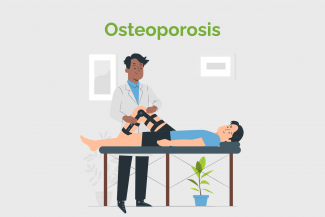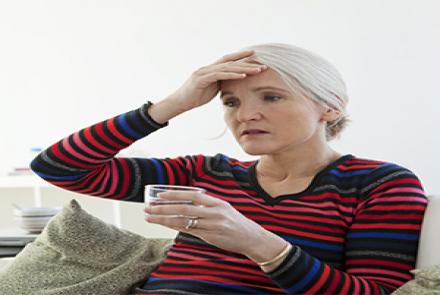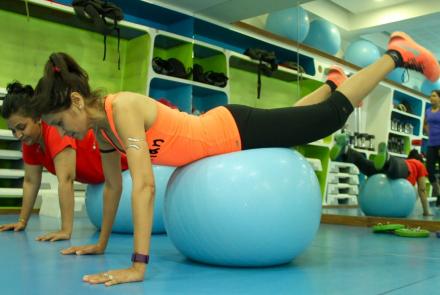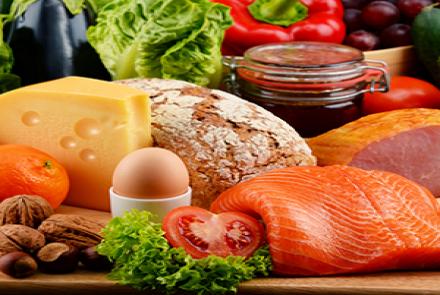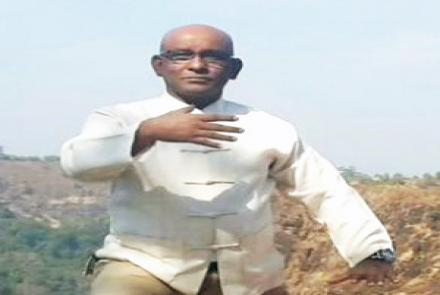
For healthy bones, you need to do the following:
Dietary changes:
Adequate Calcium Intake:
• Consume calcium-rich foods such as dairy products (milk, yogurt, cheese), leafy green vegetables, tofu, almonds, and cereals.
• Aim for the recommended daily intake of calcium, which varies depending on age and gender but typically ranges from 1500 to 1800 mg per day for adults.
Sufficient Vitamin D Intake:
• Ensure adequate vitamin D levels (400-800 IU) through sunlight exposure, dietary sources, and supplements if necessary. Vitamin D helps the body absorb calcium efficiently.
• Foods rich in vitamin D include fatty fish, egg yolks, fortified dairy and plant-based milk, fortified cereals, and supplements.
Balanced Diet:
• Follow balanced diet by including variety of foods which are important for bone health. Take help of dietitian in this journey.
• Consume foods rich in bone-supporting nutrients such as magnesium, phosphorus, potassium, and vitamin K. You may take supplements in consultation with doctor if required.
Adequate Protein Consumption:
• Include adequate but not excessive amounts of protein in your diet from sources like lean meats, poultry, fish, beans, legumes, nuts, and seeds.
• High-protein diets may increase calcium excretion, so it's important to balance protein intake with calcium-rich foods.
Limit sodium intake by avoiding high sodium foods and processed foods.
No to caffeine and alcohol: Limit alcohol, coffee, tea, and soda/cola intake, as caffeine may interfere with calcium absorption and affect bone health.
Stay hydrated by drinking plenty of water (3 to 4 liters) throughout the day. Maintaining hydration is important for overall wellbeing.
Exercises:
It is one of the best methods to strengthen bones and muscles. Listen to your body and decide what is suitable for you! Here are a few recommendations:
• Walking, jogging, dancing and stretching can be done. Gradually increase the intensity, duration, and resistance of your exercises over time to continue challenging your bones and muscles. Start slowly and under the guidance of a trained professional to prevent injury and strain.
• Weight-bearing exercises: Exercises like walking (legs bear the body’s weight), stair-climbing, low-impact aerobics, gardening etc are good for those with osteoporosis. Walking as little as three to five miles a week can help build your bone health. You can also do some functional movement such as raising the whole body slowly upon your toes.
• Resistance exercises: This means working against the weight of another object. Resistance helps osteoporosis by strengthening the muscles and building bone mass, thereby reducing the risk of fractures. Do exercises that strengthen the spine.
• Flexibility exercises: Flexible joints help prevent injury. Do simple stretching exercises or yoga (without twisting at the waist).
Exercises should be done on a regular basis at least 2-3 times a week. Exercise all your muscle groups but don’t strain the same group of muscles continuously for more than two days.
Read about The Right Exercise For Osteoporosis
Avoid the following:
Severe weight-bearing exercises like running, jogging and skipping as these put stress on your back.
Bending exercises and outdoor games like tennis as they strain the back.
Cycling puts stress on the knees, which are at risk once ageing begins.
Diet
Eat food that’s rich in calcium and Vitamin D for healthy bones.
Calcium: Adults up to age 50 require 1,000 mg of calcium daily - the equivalent of three 8-ounce glasses of milk. Older adults need 1,200 mg of daily calcium - about half a glass more of milk. Women after menopause require 1,300mg daily of calcium.
Good sources of calcium in food include
• Dairy products like cheese, yogurt and skimmed milk
• Fish such as salmon and sardines
• Dark, leafy green vegetables such as curly kale and spinach
• Fruits like figs, apricots and oranges
• Tofu (soybean)
• Grains seen in India such as ragi, kulthi, rajma, chana etc
Vitamin D: People need 200 International Units (IU) of vitamin D3 a day until age 50. Adults need 400 IU of vitamin D3 from the ages of 51 to 70 years. Seniors need 600 IU of vitamin D3 a day after age 70.
Good sources of vitamin D3 are:
• Natural sunlight exposure for 15-20 minutes at least 3 times a week before 11am and after 4pm.
• Fortified milk and orange juice
• Egg yolks
• Fish such as mackerel, salmon and tuna. Also cod liver oil supplements.
• Liver, beef, etc.
• Certain mushrooms
• Breakfast ready–to-eat cereals
Some more tips for healthy bones:
• Eat fresh fruits and vegetables with plenty of potassium-rich foods, such as bananas, tomatoes and orange juice as potassium may help decrease the loss of calcium.
• Moderate your alcohol consumption
• Quit smoking and tobacco use
• Cut out caffeine and carbonated beverages
• Cut back on salt (eating salty foods causes your body to lose more calcium).
Take charge – Your action plan
• Exercise
• Eat right
• Have regular check-ups
• Take your medication (if prescribed)
Know your support team – Who can help you stay healthy
• General physician
• Orthopaedic
• Nutritionist
• Counsellor
• Fitness expert

